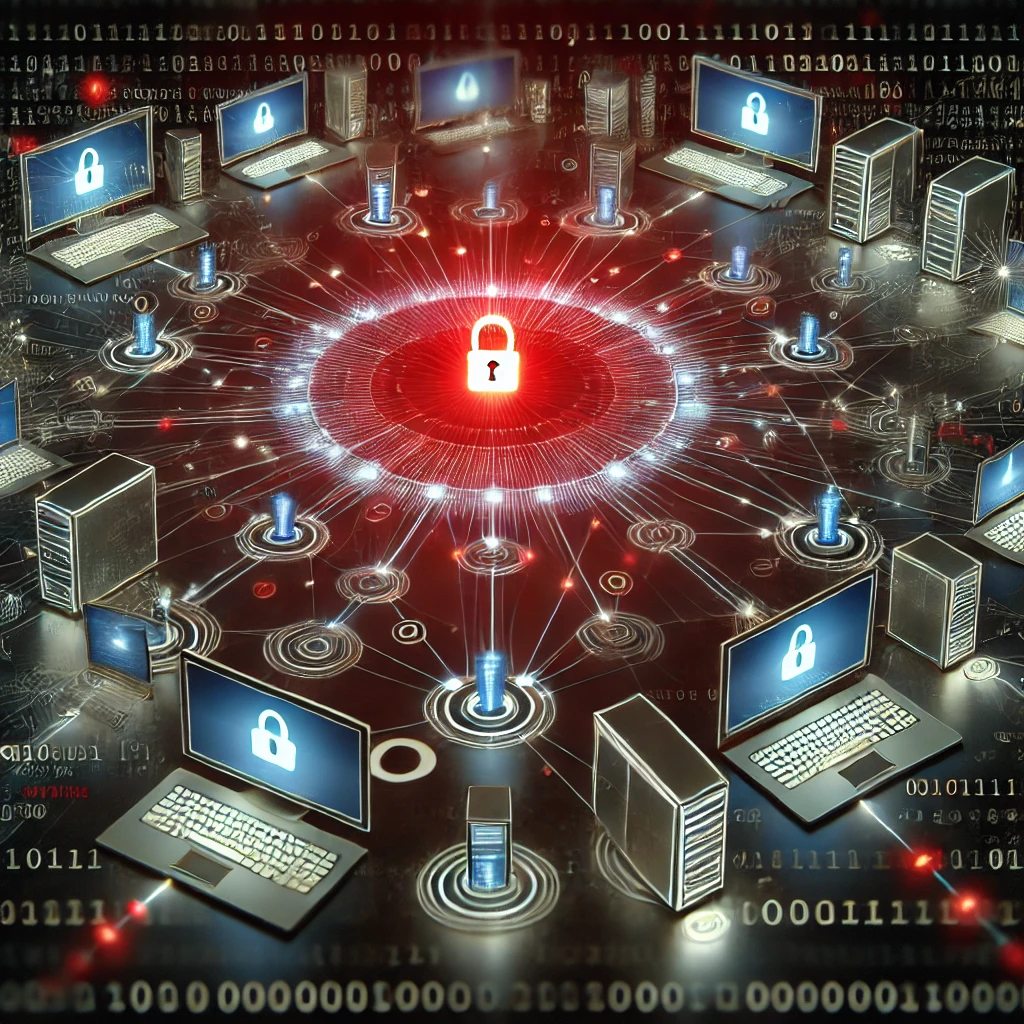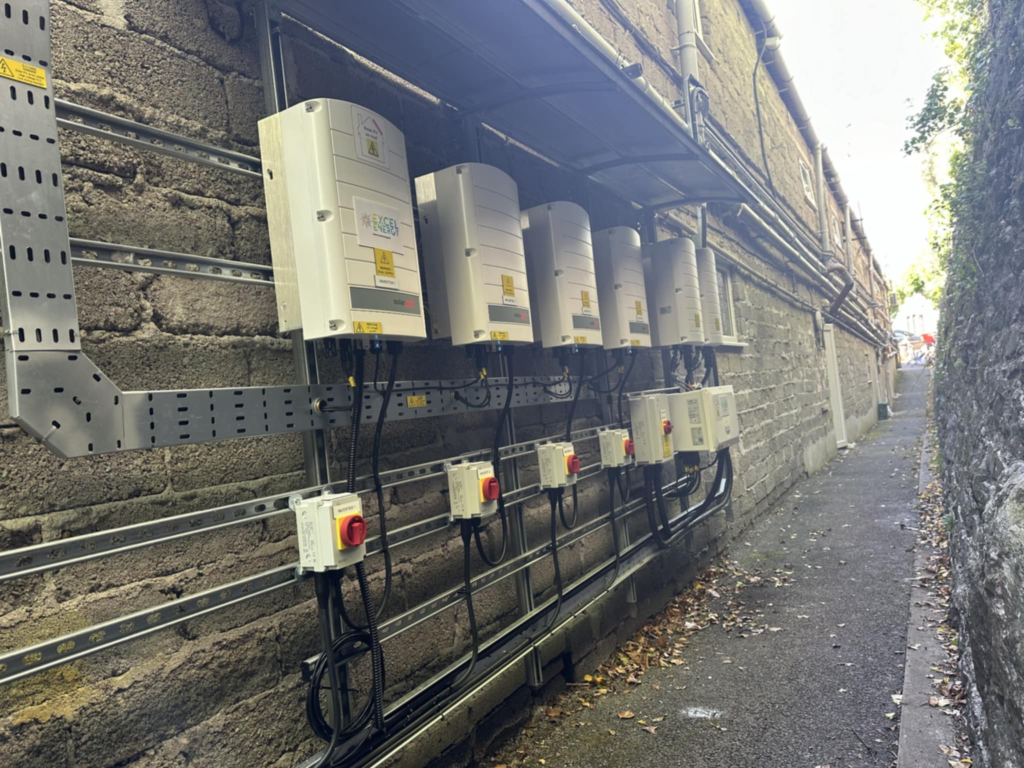The digital world, where vast amounts of personal information are routinely stored and accessed, has recently witnessed a significant disruption due to a major data breach involving thejavasea.me platform. This breach, identified as Thejavasea.me Leaks AIO-TLP287, has potentially compromised the personal data of over 50 million internet users. This event has raised alarms across the tech community, highlighting vulnerabilities that could affect both individual users and large organizations.
Overview of the thejavasea.me Platform
Thejavasea.me has been a notable entity in the online community, primarily for hosting a wide range of sensitive data including login credentials, software ownership files, and internal communications of various organizations. It operates in a gray area of the internet, often bridging the gap between legitimate data sharing and the murky waters of the dark web. Its ambiguous nature and popularity among tech enthusiasts make it a focal point for discussions on cybersecurity.
The Nature of AIO-TLP287 Leak
The label ‘AIO-TLP287’ suggests a specific set of data that was exposed. In cybersecurity terms, “AIO” stands for All-In-One, indicating a comprehensive dataset, while “TLP” refers to the Traffic Light Protocol, which denotes the sensitivity level of the data. The number “287” is likely a unique identifier for this specific data release. The breach encompasses a diverse array of data, affecting potentially millions of users, ranging from basic personal information to more sensitive data crucial for personal and organizational security.
Thejavasea.me Leaks AIO-TLP287: Impact of the Leak
The exposure of such a large and diverse data set can have far-reaching consequences. While not all of the data may be immediately useful to malicious actors, the sheer volume of it makes it a goldmine for data brokers and cybercriminals. These entities could exploit the information for identity theft, financial fraud, and a host of other illegal activities.
Thejavasea.me Leaks AIO-TLP287: Speculations on Data Acquisition Techniques
It remains unclear how the data was precisely acquired and leaked. However, common techniques in similar incidents include phishing attacks, exploitation of software vulnerabilities, or insider threats. Each of these methods represents significant security challenges that need addressing from a cybersecurity perspective.
Thejavasea.me Leaks AIO-TLP287: Understanding Data Sensitivity and Exposure
- Identifying Vulnerable Data: Learn what types of data are most at risk.
- Impact of Exposure: Assess the consequences of sensitive data becoming public.
- Protective Strategies: Implement policies to protect data integrity.
In the wake of the AIO-TLP287 incident, understanding which types of data are most vulnerable is crucial. Sensitive information such as personal identifiers, financial details, and confidential communications should always be handled with the highest security standards. Exposure of such data can lead to severe consequences, including financial loss and damage to reputation. Organizations must prioritize protective strategies such as data minimization, encryption, and strict access controls to safeguard their most sensitive assets.
Thejavasea.me Leaks AIO-TLP287: Legal Implications and Compliance Requirements
- Regulatory Frameworks: Explore the legal obligations related to data breaches.
- Compliance Measures: Understand the necessary steps to align with legal standards.
- Impact of Non-compliance: Recognize the penalties and damages from failing to protect data.
The legal implications of a data breach like AIO-TLP287 are extensive. Organizations are bound by various regulatory frameworks that dictate how they must handle personal information. Compliance with laws such as GDPR, HIPAA, or CCPA is not optional; it is a critical requirement to avoid severe penalties. Understanding these legal obligations and implementing compliance measures is essential to protect not only the data but also the organization’s financial and operational standing.
Technological Solutions to Enhance Data Security
- Advanced Security Tools: Implement cutting-edge technologies to defend against breaches.
- Automation in Security: Utilize automated systems to detect and respond to threats quickly.
- Continual Updates and Patches: Ensure that all systems are up-to-date with the latest security measures.
Adopting technological solutions is key to enhancing data security in the face of evolving cyber threats. Advanced security tools such as firewalls, intrusion detection systems, and advanced endpoint security can provide robust defenses against unauthorized access. Automation plays a critical role in security by enabling real-time threat detection and response, which is vital in preventing data breaches. Moreover, continual updates and patches to software are necessary to protect against newly discovered vulnerabilities and ensure that the organization’s defenses remain effective against the latest threats.
Community and Industry Collaboration
- Sharing Best Practices: Learn from others’ experiences to enhance security.
- Joint Cybersecurity Initiatives: Participate in industry-wide efforts to combat threats.
- Leveraging Expertise: Utilize the knowledge and skills of cybersecurity professionals.
In an era where cyber threats are increasingly sophisticated, community and industry collaboration is more important than ever. Sharing best practices and lessons learned from incidents like AIO-TLP287 can help organizations improve their security postures. Participating in joint cybersecurity initiatives offers additional resources and collective intelligence to better anticipate and respond to cyber threats. Leveraging the expertise of seasoned cybersecurity professionals can also provide insights into effective strategies and technologies, further enhancing the ability to protect sensitive information.
Mitigating Future Leaks
To prevent similar incidents, both individuals and organizations must adopt rigorous cybersecurity measures. These include regular updates to security protocols, comprehensive training for all employees on data safety, and the deployment of advanced security technologies like encryption and multi-factor authentication. Moreover, an emphasis on cybersecurity hygiene, such as regular password changes and cautious handling of sensitive information, is essential.
Conclusion
The AIO-TLP287 leak at thejavasea.me is a stark reminder of the fragility of online security and the continuous threat posed by cybercriminals. Understanding the nature of the leak and implementing stringent security measures are imperative for safeguarding sensitive data against future vulnerabilities. As the digital landscape evolves, so too must our strategies for protecting the invaluable asset of information.




